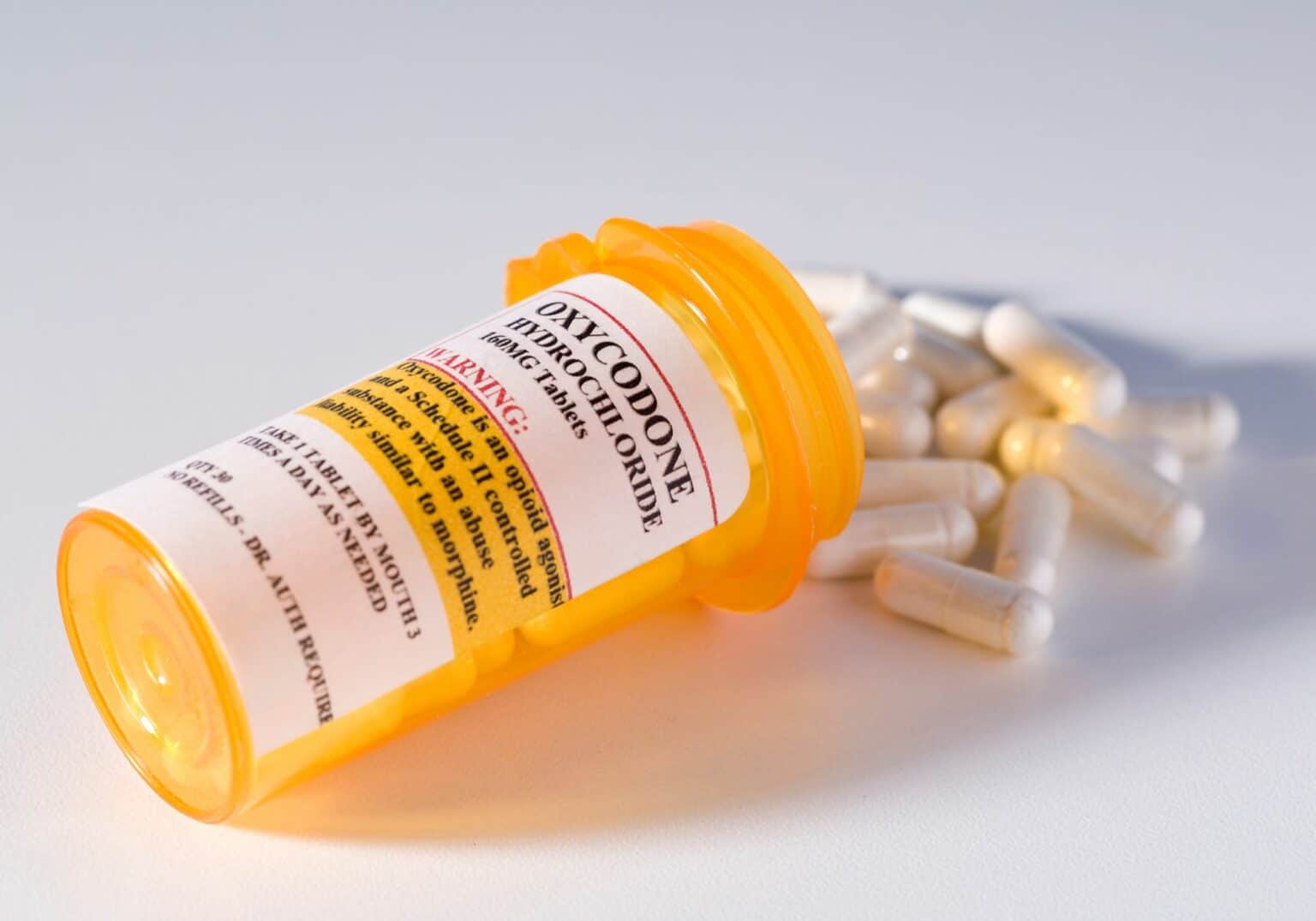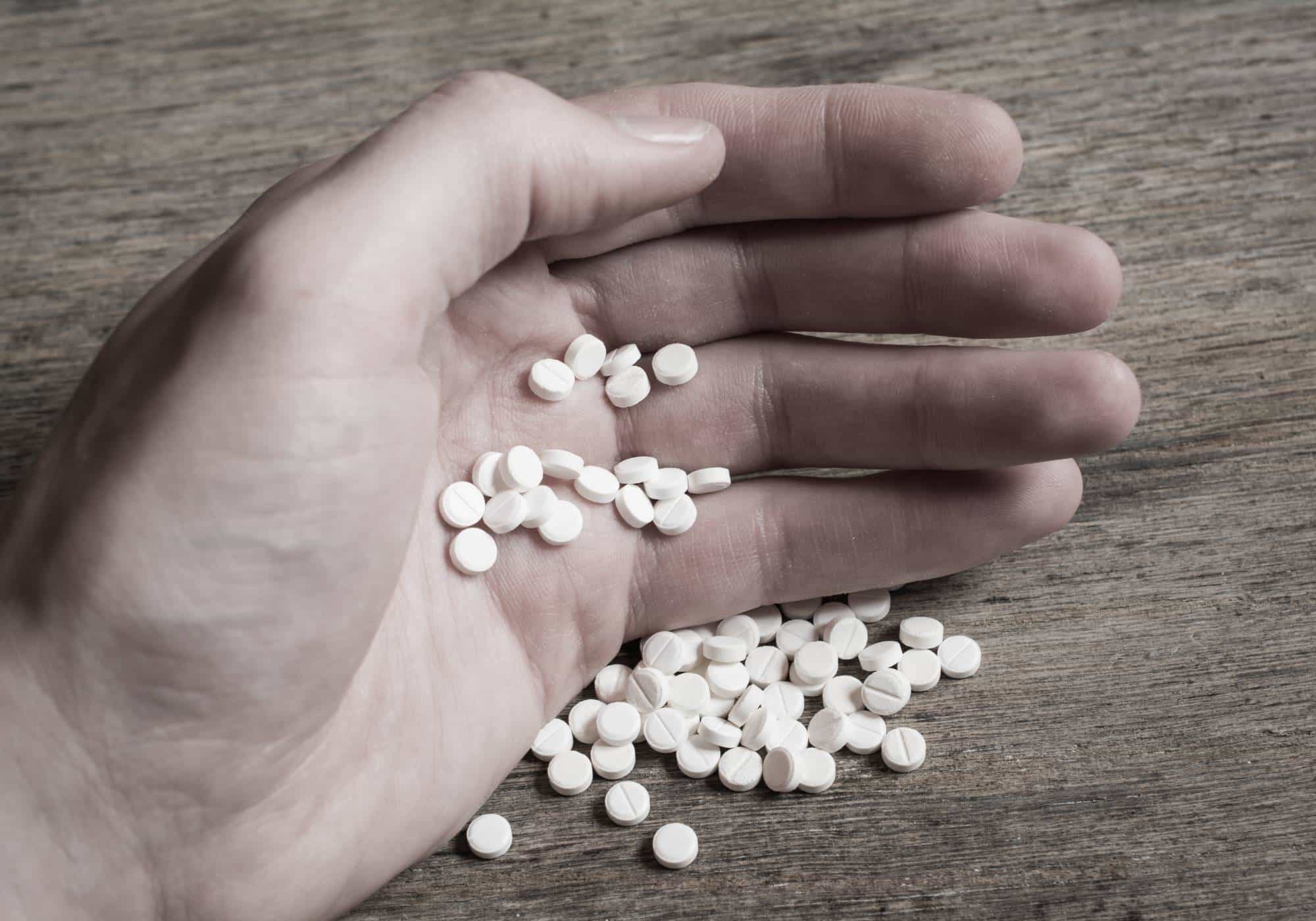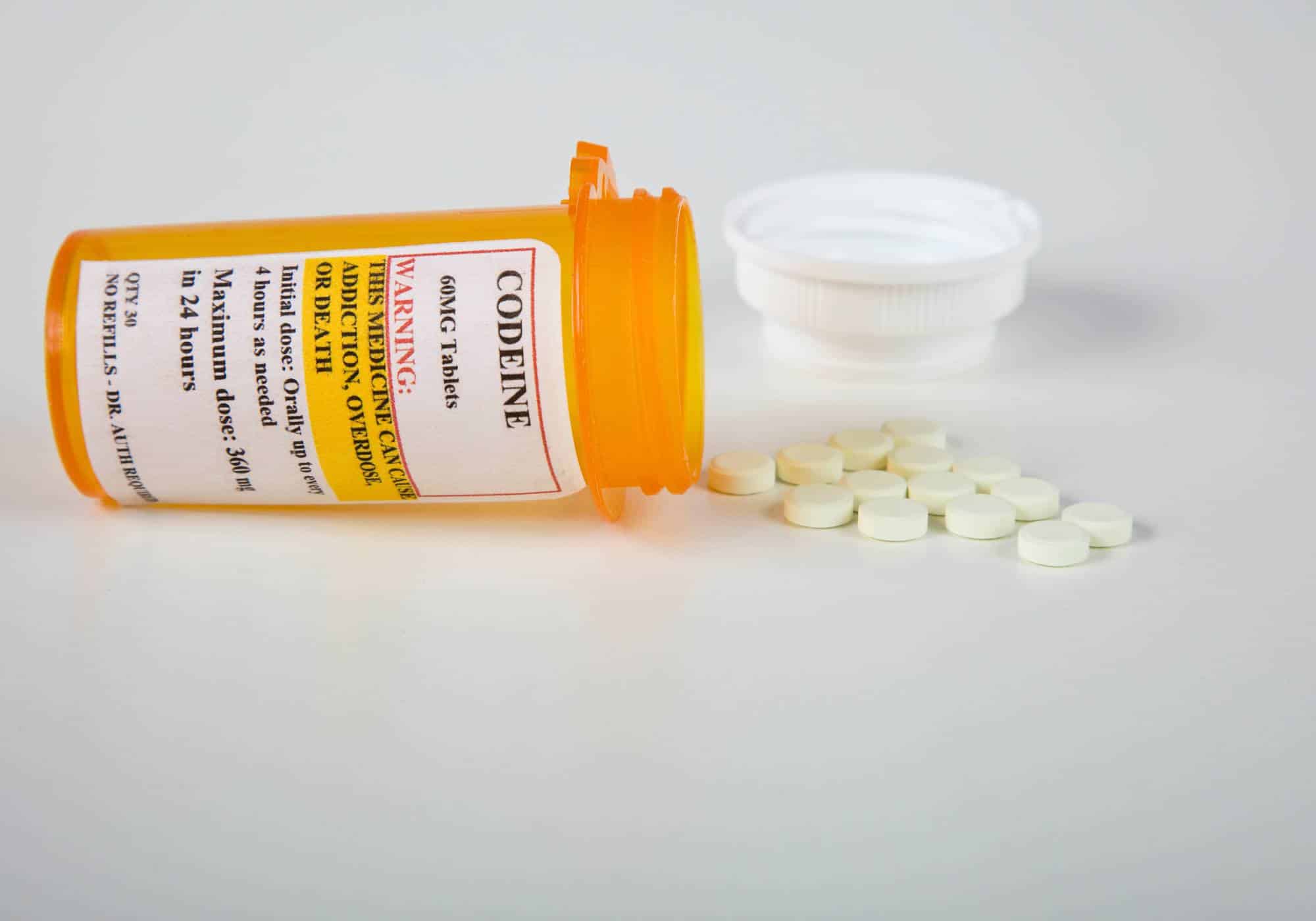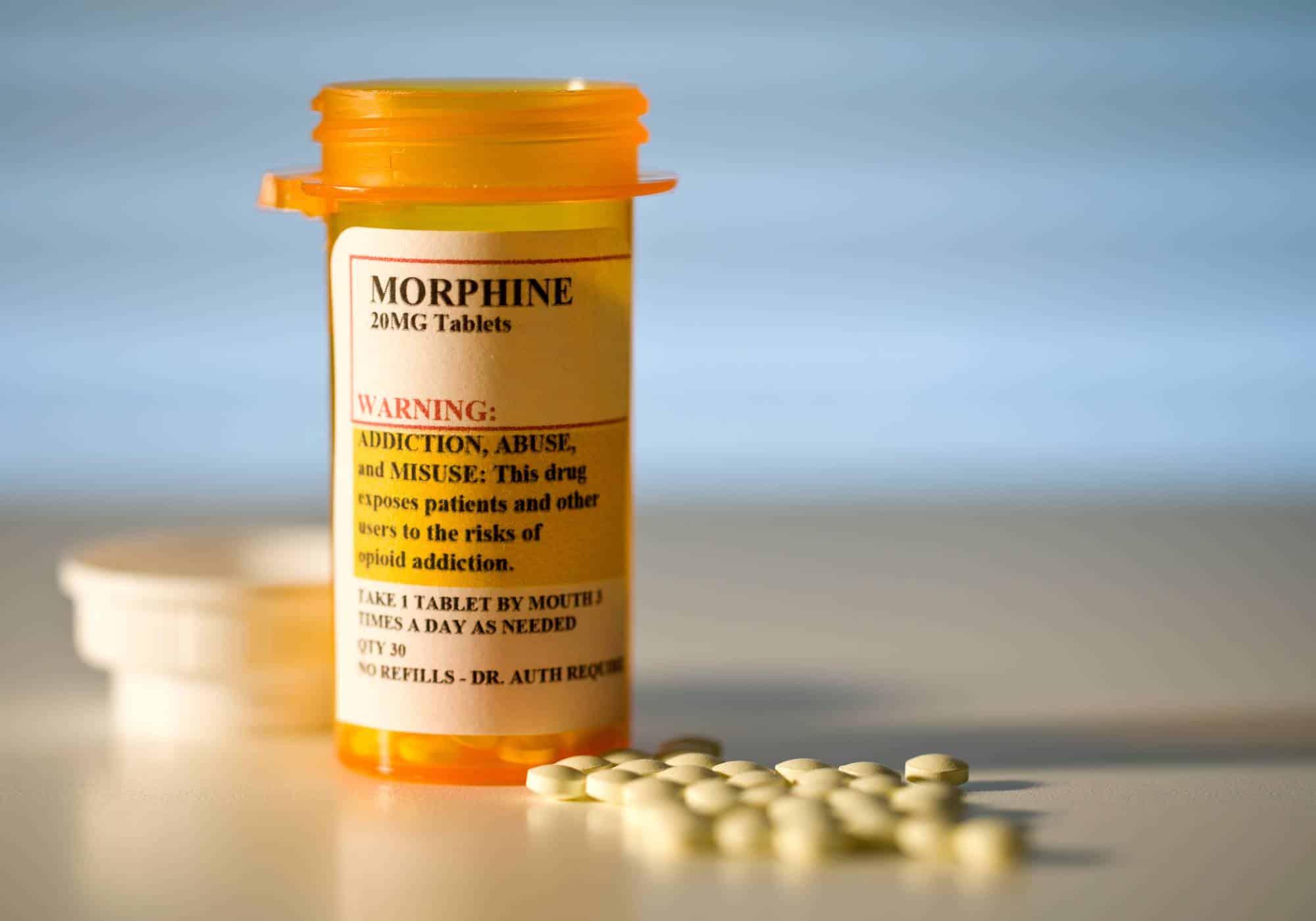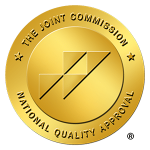Opioid withdrawal is a challenging process that affects both the body and mind. When someone stops using opioids after prolonged use, they may experience a range of symptoms, from physical discomfort to emotional distress. These withdrawal symptoms occur as the body readjusts to functioning without the drug. It’s a crucial step towards recovery but can be difficult to manage without professional help. Our opioid rehab in Atlanta offers comprehensive support and treatment for those dealing with opioid withdrawal. We provide a safe, supportive environment to help you or your loved one through this transition. Contact us today to begin the journey to recovery at our opioid addiction treatment center.
What are Opioids?
Opioids are a category of drugs encompassing both illegal substances like heroin and legal prescription painkillers, such as oxycodone. Doctors often prescribe these medications for managing serious or chronic pain. However, even when used according to prescription guidelines, prolonged use of opioids can lead to dependence. This dependence is characterized by the onset of uncomfortable withdrawal symptoms when the drug use is reduced or stopped.
The risk of developing an opioid use disorder increases significantly in individuals who misuse opioids. Misuse can take various forms, such as taking medication prescribed for someone else or consuming higher doses than prescribed. Opioid use disorder is a medically recognized condition where the continued use of opioids negatively impacts various aspects of an individual’s life, despite the harmful consequences.
It’s important to understand that opioid use disorder is not just about physical dependence; it also involves complex behavioral and psychological aspects. This disorder can lead to a range of problems, including health issues, strained relationships, and difficulties in fulfilling responsibilities at work or home. Recognizing the risks associated with opioid use, whether prescribed or illicit, is crucial for prevention and early intervention.
How Do Opioids Affect the Brain?
Opioids have a significant effect on the brain, leading to various sensations such as drowsiness, relaxation, and reduced breathing rate. A common and notable effect is the feeling of euphoria, or intense pleasure, which many individuals find highly rewarding.
The way opioids work is by attaching to specific receptors in the brain. This action interrupts the transmission of pain signals between the body and the brain, effectively dulling one’s perception of pain. Additionally, opioids have a profound effect on dopamine levels in the brain. Dopamine is a neurotransmitter that plays a crucial role in the brain’s reward system and in reinforcing behaviors.
The surge of dopamine triggered by opioids is linked to the sensation of pleasure. This is similar to the natural release of dopamine during enjoyable activities like exercise, engaging in hobbies, or spending time with loved ones. However, when dopamine release is stimulated by opioids, it sends a signal to the brain, encouraging the repetition of drug use. This mechanism is a key factor in the addictive potential of opioids. The brain starts associating the drug with a rewarding experience, thereby reinforcing the desire to continue using it.
What is Opioid Withdrawal?
Opioid withdrawal occurs when someone who has become dependent on opioid drugs discontinues their use. This dependency develops as the body gets accustomed to the presence of opioids to function normally. Withdrawal can manifest in various physical and psychological ways.
Opioids work by binding to specific receptors on nerve cells located in the brain, spinal cord, and other areas of the body. They effectively block pain signals sent to the brain and simultaneously stimulate the release of dopamine, a neurotransmitter associated with pleasure and satisfaction.
Opioid medications, such as oxycodone or morphine, are often prescribed for pain relief post-surgery or for managing pain from injuries. Additionally, there are illicit opioids, like heroin, which are used recreationally. While prescription opioids can be safe when used short-term and under a doctor’s guidance, prolonged use can lead to dependence or even worse an opioid overdose.
If you’re considering stopping long-term opioid use, it’s crucial to consult with your doctor. A gradual reduction in dosage, often referred to as tapering, is typically recommended to minimize withdrawal symptoms. This process should be closely monitored by a medical team to ensure it’s done safely and effectively. The goal is to allow your body to adjust gradually to the absence of the drug, reducing the intensity of withdrawal symptoms and supporting a smoother transition to opioid-free living.
What Causes Opioid Withdrawal?
Opioid withdrawal is a complex process that occurs when your body adjusts to the absence of opioids after prolonged use. When you take opioid medications over an extended period, your body gradually becomes less responsive to their effects. This phenomenon, known as tolerance, leads to the need for higher doses to achieve the same pain-relieving effect, inadvertently increasing the risk of accidental overdose.
The prolonged use of opioids induces significant changes in the brain’s nerve receptors. These receptors adapt to the constant presence of the drug, eventually becoming reliant on it for normal functioning. When the drug is suddenly discontinued, the body struggles to adapt to its absence, leading to physical withdrawal symptoms.
Physical dependence on opioids is often indicated by the onset of withdrawal symptoms when the medication is stopped. These symptoms are the body’s reaction to the lack of the drug it has grown accustomed to. It’s not uncommon for individuals to become dependent on opioids as a means to avoid pain or the discomfort of withdrawal. In many cases, this dependence develops subtly, and individuals may not immediately recognize it. They might attribute the symptoms of withdrawal to other illnesses like the flu, not realizing that these are signs of their body’s dependence on the substance.
Understanding the nature of opioid withdrawal is crucial, especially for those who have been using these medications for pain management. Recognizing the signs of dependence and withdrawal can help in seeking appropriate medical advice and support for safely managing and eventually overcoming opioid dependence.

What are the Symptoms of Opioid Withdrawal?
Opioid withdrawal symptoms are the uncomfortable effects that can arise when you abruptly stop or significantly reduce your opioid medication. These symptoms can also occur if you take a medication that interferes with the opioid’s effectiveness.
Feeling unwell during opioid withdrawal is common, so it’s crucial to have a well-thought-out plan for discontinuing your medication. The safest approach is to taper off gradually under your doctor’s supervision.
The symptoms of withdrawal are generally consistent across different opioids and may include:
- Temperature Fluctuations: Experiencing hot and cold flushes, sweating, and ‘goosebumps’.
- Mood Changes: Feeling anxious or irritable.
- Opioid Cravings: A strong desire to use opioids.
- Gastrointestinal Issues: Nausea, vomiting, diarrhea, and a decreased appetite.
- Physical Symptoms: Tremors (shaking), watery eyes, runny nose, sneezing, yawning, and sleep disturbances.
During opioid withdrawal, you might also encounter various types of pain, such as joint, bone, or muscle pain, abdominal pain, or headaches.
It’s important to remember that while these symptoms can be challenging, they are manageable with the right medical guidance and support. Your doctor can provide strategies and treatments to help ease these symptoms and make the withdrawal process more comfortable.
How Can I Manage Opioid Withdrawal Symptoms?
Managing opioid withdrawal symptoms effectively involves a combination of medical guidance and self-care strategies. While withdrawal can be challenging, it’s important to remember that these symptoms are temporary and typically not dangerous. Here are some ways to manage them:
Gradual Tapering with Medical Supervision
The most effective way to avoid severe withdrawal symptoms is to gradually taper off opioids under your doctor’s guidance. This controlled reduction in dosage helps your body adjust more comfortably.
Self-Care Strategies
- Stay Hydrated: Drink plenty of water to avoid dehydration, which can be exacerbated by symptoms like sweating, nausea, or vomiting.
- Mind-Body Therapies: Practices like yoga, relaxation techniques, and mindfulness can be beneficial in managing pain and discomfort during withdrawal.
- Seek Support: Inform your family and friends about your situation so they can provide the necessary support during this challenging time.
Consulting with Your Doctor
Discuss with your doctor about the best strategies for managing withdrawal symptoms. They can provide personalized advice and treatment options tailored to your needs.
Overcoming Fear of Opioid Withdrawal
Don’t let the fear of withdrawal deter you from reducing or stopping opioid use. Gradual dose reduction, as advised by your doctor, can make the process more manageable.
Medications for Managing Withdrawal Symptoms
Certain medications can help alleviate withdrawal symptoms, making the process more comfortable:
- Clonidine: Useful for treating symptoms like sweating, irritability, rapid heartbeat, and high blood pressure.
- Diazepam: Can help reduce feelings of irritability and anxiety.
- Metoclopramide: Effective for managing nausea and vomiting.
- Pain Relievers: Over-the-counter pain medications like paracetamol or ibuprofen can relieve headaches, muscle, and joint pain.
- Loperamide: Helps in controlling diarrhea.
Long-term Medication-Assisted Treatment for Opioid Withdrawal
For some individuals, medications like methadone and buprenorphine, which are less harmful opioids, may be prescribed as part of a long-term treatment plan. These medications can help control symptoms and facilitate the process of weaning off opioids.
Remember, each person’s experience with opioid withdrawal is unique, and it’s crucial to work closely with your healthcare provider to develop a plan that’s right for you. With the right approach and support, overcoming opioid dependence is achievable.

Opioid Withdrawal Timeline
Opioid withdrawal is a complex process that varies depending on the type of opioid used. This includes commonly known substances like heroin, as well as prescription opioids, which can be either short-acting or long-acting. The withdrawal experience is influenced by several factors, including the specific opioid taken, the intensity of the withdrawal symptoms, their onset and duration, the length of opioid use, the dosage, and the frequency of use.
Heroin and short-acting opioids, such as morphine, oxycodone, hydrocodone, and immediate-release fentanyl, typically trigger withdrawal symptoms within 8-12 hours after the last dose. These symptoms usually peak between 1-3 days and can last up to 7 days. In contrast, withdrawal symptoms from short-acting opioids may start within 8-24 hours post-use and persist for up to 10 days.
For those using long-acting opioids, like methadone, or extended- or controlled-release versions of morphine, oxycodone, hydrocodone, and fentanyl, the onset of withdrawal symptoms can be delayed. These may not appear until 36 hours after the last dose and can last for 14 days or more.
It’s important to understand that opioid withdrawal timelines can vary greatly among individuals. The severity and duration of symptoms are influenced by the type of opioid used, the duration of use, and individual physiological factors. If you or someone you know is experiencing opioid withdrawal, it’s crucial to seek professional medical advice for safe and effective management of these symptoms.
How Long Does Opioid Withdrawal Last?
The length of time that opioid withdrawal symptoms persist can vary significantly. Typically, these symptoms can last anywhere from a few days to over two weeks. For the majority of individuals, the most severe symptoms tend to subside after the initial few days.
However, the onset and intensity of withdrawal symptoms can be influenced if you’ve received a medication to reverse an opioid overdose, such as naloxone. In such cases, withdrawal symptoms may appear more rapidly and feel more intense compared to a standard withdrawal process. Additionally, these symptoms might include fluctuations in blood pressure or heart rate, which require medical monitoring and attention.
It’s important to note that the duration and severity of withdrawal symptoms can be affected by several factors, including the type of opioid used, the duration of use, the dosage, and individual physiological factors. In some instances, certain symptoms may linger for a longer period, requiring ongoing support and management.
Given these variables, it’s crucial to approach opioid withdrawal under the guidance of a healthcare professional. They can provide tailored advice and support, ensuring that the withdrawal process is as safe and comfortable as possible. Remember, while the journey through opioid withdrawal can be challenging, appropriate medical care and support can significantly ease the process.
What Causes Opioid Withdrawal and Dependence?
Opioids, when prescribed by a physician, can effectively manage pain, particularly after surgery or in cases of severe physical discomfort. However, prolonged use of opioids can lead to the development of tolerance, where increasingly larger doses are required to achieve the same pain-relieving effect. This escalating need can often lead to taking higher quantities of opioids over time. As a result, individuals may become physically dependent on these drugs.
The Cycle of Dependence and Withdrawal
Physical dependence on opioids is characterized by the onset of withdrawal symptoms when the drug use is reduced or abruptly stopped. This can create a challenging cycle: an individual may attempt to reduce or cease opioid use, only to experience uncomfortable withdrawal symptoms, leading them back to using the drug to alleviate these symptoms.
Risks of High-Dose Opioid Use
High doses of opioids carry significant risks, including extreme drowsiness, nausea, euphoria, and critically, slowed breathing, which can be dangerous or even fatal.
Common Opioids
The range of opioids includes:
- Codeine
- Fentanyl
- Heroin
- Hydrocodone (alone or with acetaminophen)
- Morphine
- Oxycodone (alone or with acetaminophen)
- Oxymorphone
Changes in the Brain
With continued opioid use, changes occur in the brain’s neurons, altering their function without the presence of the drug. This can also lead to addiction, where the urge to use the drug becomes uncontrollable, despite the negative consequences and harmful behaviors associated with its use.
The Process of Opioid Withdrawal
When the body, having become reliant on opioids, is deprived of them, withdrawal symptoms ensue. This process can be physically and emotionally taxing, as the body and brain adjust to functioning without the opioid.
Understanding the mechanisms of opioid withdrawal and dependence is crucial for those using these medications. It highlights the importance of careful, monitored use and the need for professional guidance when considering discontinuing or reducing opioid use. Recognizing the signs of dependence and withdrawal can aid in seeking timely medical advice and support.
How is Opioid Withdrawal Diagnosed?
When diagnosing opioid withdrawal, your primary care physician will conduct a thorough physical examination and engage in a detailed discussion about your symptoms. This conversation is a critical part of the diagnostic process, as it helps the doctor understand the extent and nature of your withdrawal.
In addition to the physical exam, your doctor may order urine and blood tests. These tests are essential for detecting the presence of opioids in your system, which can provide valuable information about your recent drug use and the potential severity of your withdrawal.
An integral part of this assessment involves a comprehensive review of your past drug use and medical history. It’s important to be as open and honest as possible during this discussion. Full transparency allows your doctor to gain a clear understanding of your situation, which is crucial for providing the most effective treatment and support.
Your doctor may also inquire about the frequency, duration, and type of opioids used, as well as any previous attempts to quit or reduce usage. This information helps in creating a personalized treatment plan tailored to your specific needs.
Remember, the goal of this evaluation is to ensure you receive the appropriate care and support during your withdrawal and recovery process. Accurate diagnosis is the first step towards a successful treatment plan, and your honesty and cooperation play a vital role in this journey.
Who is Most Likely to Experience Opioid Withdrawal Symptoms?
Opioid withdrawal symptoms don’t affect everyone equally. Certain factors can increase your chances of experiencing these symptoms. Here’s a straightforward look at who might be more susceptible:
- High Dosage Users: If you’re taking opioids in high doses, your risk of withdrawal symptoms escalates. Your body adapts to the drug’s presence, making it more sensitive to any changes in dosage.
- Long-Term Users: Those who have been using opioids for an extended period, typically over six months, are more likely to face withdrawal symptoms. Prolonged use alters the body’s chemistry and response to the medication.
- Rapid Reduction in Dosage: If you quickly lower your opioid dose, your body might react. Gradual reduction is often recommended to minimize withdrawal symptoms.
- Regular Use Over a Month: Even a month of daily opioid use can lead to withdrawal symptoms. Regular intake conditions your body to expect the drug, leading to physical dependence.
It’s important to note that dependence can develop even when you’re following your doctor’s prescription to the letter. Dependence means your body expects the drug, so stopping suddenly can trigger withdrawal symptoms.
Conversely, if your opioid use has been sporadic or over a very short period, the likelihood of experiencing withdrawal symptoms is significantly lower. Remember, each individual’s experience can vary, and it’s crucial to consult healthcare professionals for guidance tailored to your specific situation.
Can Opioid Withdrawal Cause Death?
Opioid withdrawal, while highly uncomfortable, is generally not considered life-threatening. However, there are certain situations where complications can arise, particularly if there are preexisting medical conditions or health issues related to injection drug use.
One significant risk associated with opioid withdrawal is the heightened chance of overdose for individuals who resume opioid use after a period of abstinence. Their body’s tolerance for opioids decreases during the abstinence period, making them more susceptible to the effects of the drug.
Detoxing at home or without medical supervision carries its own risks. For instance, severe dehydration and heart failure can occur as a result of untreated diarrhea and vomiting. These symptoms, while not directly life-threatening, can lead to serious complications if not properly managed.
It’s crucial to approach opioid withdrawal under medical guidance to ensure safety and to address any complications that may arise. Medical professionals can provide the necessary support and treatment to manage withdrawal symptoms effectively and reduce the risk of severe complications.

Opioid Withdrawal Treatment
Navigating the path to recovery from opioid drugs often involves both physical and psychological support. Various treatments are available to alleviate withdrawal symptoms and reduce the risk of relapsing into opiate use.
Detoxification Process
The detox phase is a critical period where the body adjusts to the absence of the medication. This often occurs under strict medical supervision, typically lasting 5–7 days. During this time, healthcare professionals closely monitor vital signs such as:
- Blood pressure
- Body temperature
- Heart rate
- Respiration
This monitoring is crucial to ensure the body safely copes with the withdrawal process.
Medication-Assisted Treatment
In certain cases, doctors might prescribe medications like methadone. Although methadone is an opioid, its longer-acting nature can help lessen the severity of withdrawal symptoms. The doctor will then carefully taper down the methadone dosage over a week or more. Some individuals might continue taking methadone for an extended period, gradually weaning off it.
Buprenorphine is another medication used in opiate withdrawal treatment. It’s a partial opioid agonist, meaning it acts similarly to other opiates but doesn’t fully activate the opioid receptors. This property can be beneficial in preventing a return to the original medication and in reducing cravings.
However, it’s important to note that the Food and Drug Administration (FDA) has recently indicated that buprenorphine, particularly when administered sublingually (under the tongue), may lead to tooth decay. This side effect can affect even those who haven’t previously had dental issues.
The journey through opiate withdrawal requires a comprehensive approach, balancing medical supervision and appropriate medication. It’s essential to work closely with healthcare professionals to ensure a safe and effective withdrawal process, tailored to individual needs and health conditions.
Opioid Withdrawal Treatment at Hope Harbor Wellness
Located in the serene suburbs of Atlanta, Hope Harbor Wellness is your ally in the fight against opioid addiction in Atlanta. Our opioid drug rehab centers, dedicated to holistic recovery, are ideally situated to offer you the support you need.
Our compassionate opioid outpatient program collaborates with top-tier medical opioid detox facilities, ensuring a safe and effective detox process. Once free from addictive substances, you can seamlessly transition into one of our specialized outpatient treatment programs at Hope Harbor Wellness, designed to address substance use disorders:
- Outpatient Rehab: A flexible program tailored to fit into your daily life.
- PHP (Partial Hospitalization Program): Offers a structured yet non-residential approach to treatment.
- IOP (Intensive Outpatient Program): Provides more intensive care while allowing you to maintain daily responsibilities.
- Dual Diagnosis Treatment Program: Caters to those with co-occurring mental health disorders.
Our opioid treatment programs incorporate a variety of interventions:
- MAT (Medication-Assisted Treatment): Utilizes medications to ease withdrawal symptoms and cravings.
- Psychotherapy: Addresses underlying psychological aspects of addiction.
- Group Therapy: Offers peer support and shared learning experiences.
- Individual Counseling: Provides personalized guidance and support.
- Family Therapy: Helps heal and strengthen family relationships.
- Holistic Therapies: Focuses on overall well-being, including physical, emotional, and spiritual health.
- Aftercare: Ensures ongoing support post-treatment.
Embark on your journey from addiction to recovery with Hope Harbor Wellness. Trust in our dedicated team to guide you every step of the way. For more information or to start your journey, call our admissions team at 678-929-6304.


